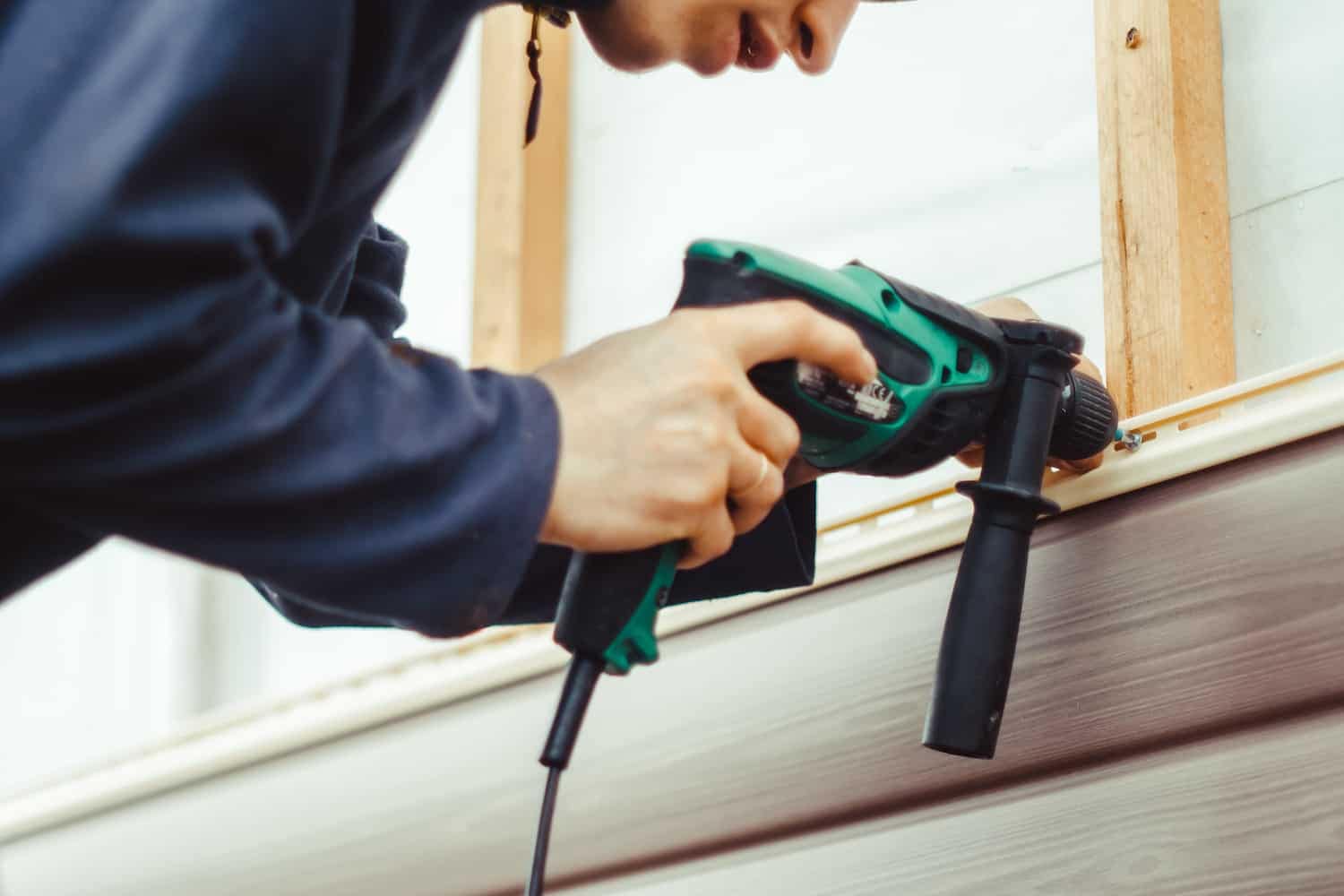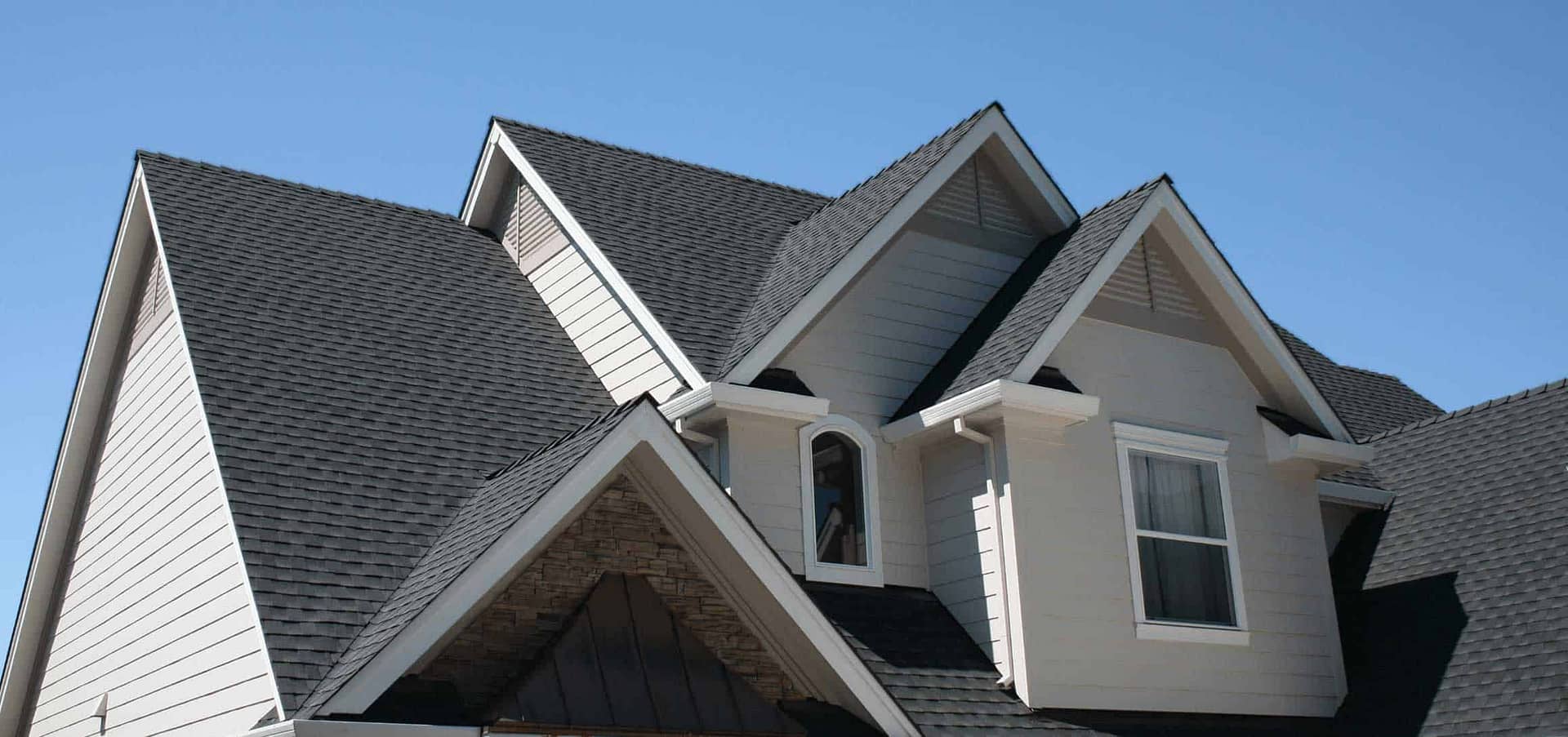3 Effective Ways To Repair Vinyl Siding On Your Home
Homeownership often turns even the least handy people into DIY connoisseurs. It seems like minor repairs are always creeping up, and you likely don’t want to pay for professional service if you can figure it out yourself.
Siding replacements and repairs should almost always be left to the professionals since it’s such a significant investment. However, attempting a repair yourself isn’t off-limits. We’re going to teach you how to repair vinyl siding in three different ways, depending on the severity of the damage.
Signs of Damaged Vinyl Siding

Before you can repair any of your siding, you need to know what to look for in terms of damage. Even the most minor damage needs to be attended to immediately so that it doesn’t turn into more problematic and expensive damage shortly down the line.
Some damage is easily visible to the naked eye, while other damage is not. A small crack or hole may seem insignificant, but even minor issues can cause water damage and higher energy bills.
- Loose or cracked siding: Any gaps and cracks in your panels can cause water to seep in and eventually reach your home’s interior.
- Chips, dents, or holes: Chips and holes are more obvious signs of damage, and they can let in pests and water damage.
- Warped or bubbling panels: Warped siding panels occur when your siding has UV damage from the sun. Unaddressed warping can continue to worsen and cause gaps.
- Mold, mildew, or fungus growth: If you notice mold or mildew under your siding panels or inside your home, water could be getting into your panels.
- Rotten plywood underneath: Your vinyl panels may look fine, but the plywood underneath could be rotten. You can find this damage if your siding is spongey or if you notice water damage inside your home.
- Peeling paint: Do you paint your siding regularly, but it doesn’t seem to maintain its color or stay in place? The waterproofing is probably not effective due to an issue with your siding.
3 Ways to Repair Vinyl Siding
Now, let’s look at ways to repair your vinyl siding. We’ll break down different options for:
- Small cracks
- Larger holes
- Replacing entire panels
1) Repair Small Cracks With Caulk – Easy 🟢
The easiest siding repair you can make is with caulk. This method works best for very minor cracks. All you’ll need is:
- Caulk
- Caulk gun
- Sponge and soapy water
- Scraper or sandpaper
Step 1: Clean the Damaged Area
Use a sponge and soapy water to clean around the cracked area. Let the area dry in the sun for a couple of hours before continuing.
Step 2: Put the Caulk in the Caulk Gun
After the area is dry, prepare the caulk gun by cutting off the tip of the caulk tube and puncturing the seal. Pull the plunger on the caulk gun all the way back to load up the tube.
Step 3: Fill the Crack With Caulk
Place the caulk nozzle over the siding crack and start filling the area with caulk. Overfill the crack slightly to make sure it’s completely filled.
Step 4: Scape Away the Excess
Let the caulk dry completely for 24 hours, then scrape away the excess product with sandpaper or a scraper. You can also paint the area to match your siding if necessary or desired.
2) Repair Larger Holes With a Patch – Intermediate 🟡
Now, if your siding has a larger hole from a hail storm or another impact, you’ll need to create a patch. There are two ways you can do this: with scrap siding or with a store-bought siding patch.
Scrap Siding Method
Start by cleaning the area with soapy water and letting it dry for a couple of hours. Then:
- Cut a section out of a scrap piece of siding that’s slightly bigger than the hole. Cut off the nail hole strip, but make sure to leave the curved lip. Then, cut the bottom edge of the panel.
- Place the patch over the hole to ensure the curves match up. Trim it down if necessary.
- Apply a bead of caulk surrounding the hole and another one on the back of the patch.
- Place the patch over the hole and press it firmly to secure it in place.
- Let the caulk dry for 24 hours, then clean up the area if needed.
Store-Bought Patch Method
Alternatively, you can purchase a vinyl siding patch kit. These work similarly to bandaids! Simply cut the patch to size and apply it over the hole.
Slowly push the patch up while smoothing it out along the way to avoid air bubbles. Paint over the patch with exterior paint that matches your siding.
3) Replace an Entire Panel – Difficult 🔴

If there’s a particular panel that has sustained major damage, you’ll need to replace the entire thing. This is definitely the most challenging type of repair, so if you’re not confident that your attempt will be successful, it’s best to call a professional instead of risking further damage.
Step 1: Separate the Panels
You’ll need a zip tool, which is a vinyl siding removal tool. Hold the tool with the bend facing upwards, and place the hook under the panel above the one you want to remove. Slide the zip tool horizontally along the panel to separate the two panels.
Step 2: Remove Nails or Screws
Lift the panel above. Use a pry bar to remove the nails or screws that are holding the panel you want to remove to the sheathing.
Step 3: Cut the Replacement Piece
Set the old piece aside and cut the new vinyl piece with a saw or utility knife. Lift the new panel into place. The top of the panel should fit nicely underneath the panel above it.
Step 4: Secure the New Panel
Lift the upper panel again to expose the nail track. Secure the new panel in place with nails or screws. It’s helpful to have another person help you, so they can hold the panel in place as you secure it.
Step 5: Attach the Two Panels Together
Slide the zip tool along the panel to pop the new siding into place. It should interlock with the piece above it.
Trust Your Siding Needs With ARCH Exteriors
There you have it! We hope this guide was helpful in offering you a few different ways to repair your damaged vinyl siding. If you’re dealing with more significant damage or simply don’t want to risk performing a DIY repair, you can call an experienced professional like ARCH Exteriors.
Our dedicated team has been upgrading homes with high-performing siding since 2009. If you live in Maryland or Virginia, reach out to our friendly team today!



